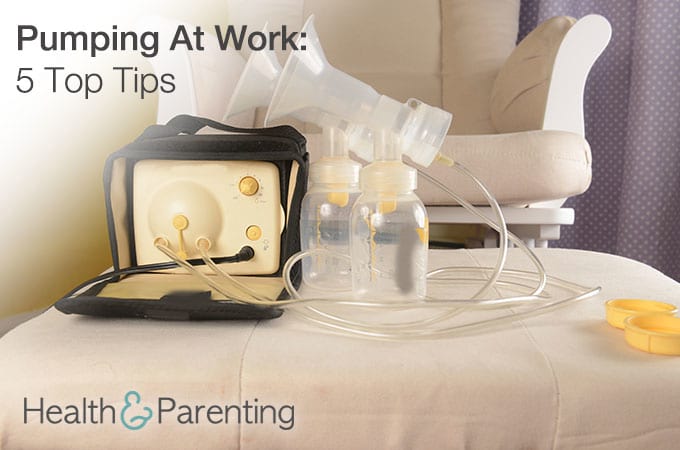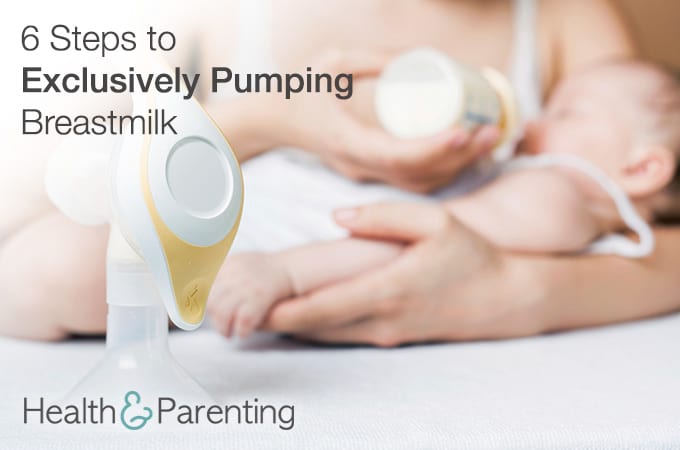It might be time for you to head back to work, but that doesn’t necessarily mean you’re ready to stop your breastfeeding journey just yet. You may have a magic number in mind for when you’d like to stop breastfeeding or perhaps you want to let your child decide when she’s ready to wean. Either way, the following top tips might help you as you prepare to re-enter the workplace after maternity leave:
- Plan ahead
If you’re planning to continue breastfeeding, you’ll need to plan ahead to figure out how best to make this happen. You’ll need to be upfront with your employer so they can find ways to accommodate you as you settle back into work. If you’re planning to express milk at work, you’ll need to find out if they can offer you a private area to do this in. You’ll also need to try and work out how frequently you’ll need to pump and where you’ll be able to store the milk. Your employer is best placed to advise you on these matters.
- Store it safely
When you express milk at work, you’ll need somewhere safe to store your milk. A fridge would be ideal, allowing you to keep your breast milk chilled until you can transport it home. Breast milk can only be stored at room temperature for up to four hours, so you’ll need a better solution for where to store your milk.
- Supportive childcare
Choose a childcare provider who is supportive of your desire to continue breastfeeding. Your childcare provider should be able to use your pumped milk to bottle feed your child during the day. This allows you to balance the demands of the workplace with your desire to continue breastfeeding your baby. If you’re lucky enough to have childcare near work you may even be able to visit your baby to breastfeed during the day.
- Be prepared
You may find that your baby feeds more often during night for the first few weeks, which may come as a shock as you’re adjusting to the early mornings of employment. Plan ahead; go to bed early to maximize the amount of sleep you’re able to get. This might be a tiring few weeks as you juggle daytime work with nighttime motherhood, and it may take you a while to get used to this new lifestyle.
- Reconnection
After a challenging day at the office for you, and a busy day at nursery for your baby, breastfeeding can be the perfect way to reconnect. It allows you each a few minutes of quiet after a hectic day, as well as the benefits of touch and being close to each other. Many mamas say breastfeeding helps them to reconnect with their child after a day’s work.
Do you have any tips to share with mamas who are preparing to return to work?
Written by Fiona (@Fiona_Peacock), mother, writer and lover of all things baby related.
This information is not intended to replace the advice of a trained medical doctor. Health & Parenting Ltd disclaims any liability for the decisions you make based on this information, which is provided to you on a general information basis only and not as a substitute for personalized medical advice. All contents copyright © Health & Parenting Ltd 2016. All rights reserved.











